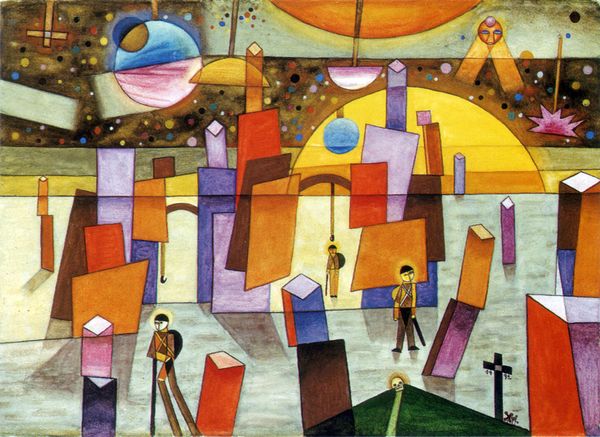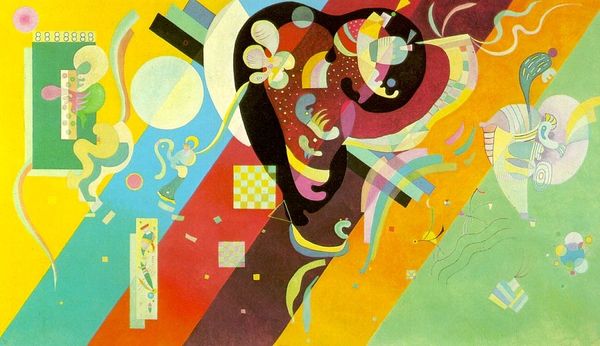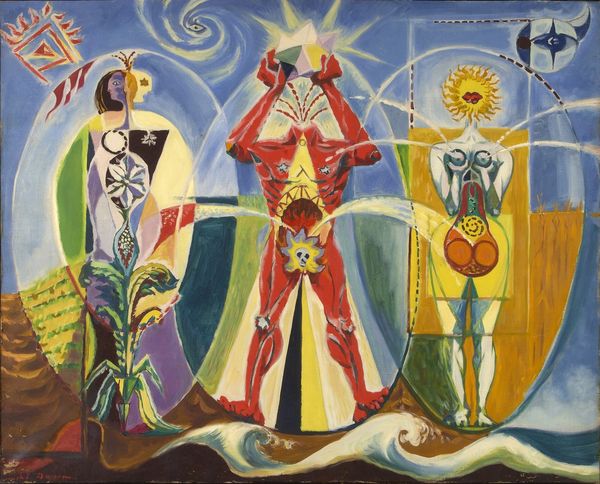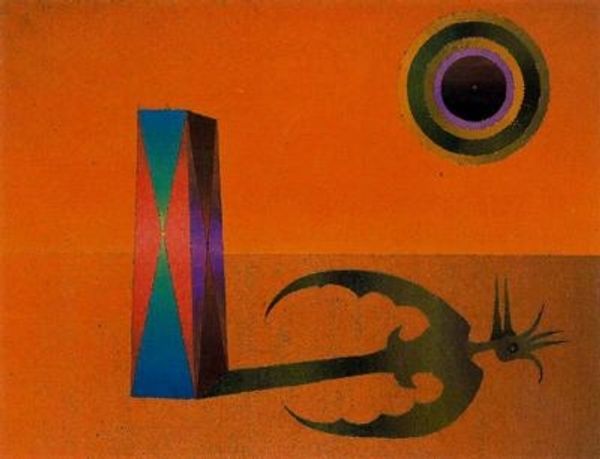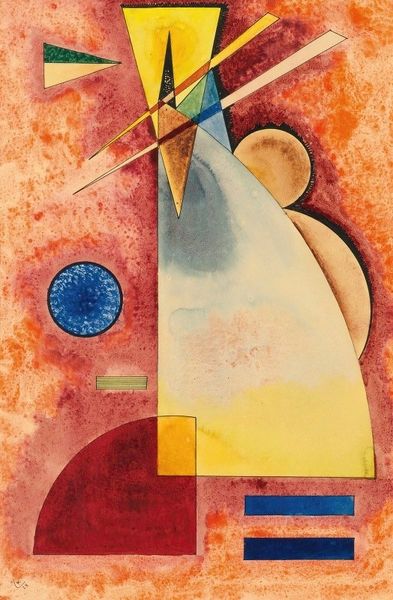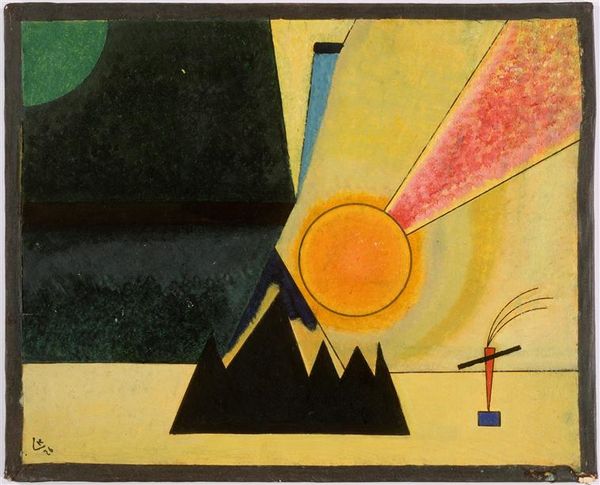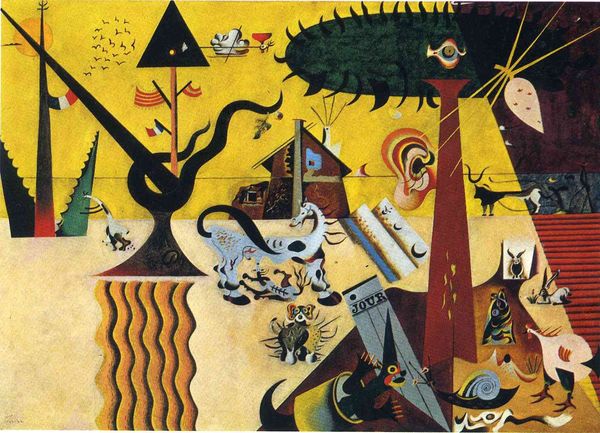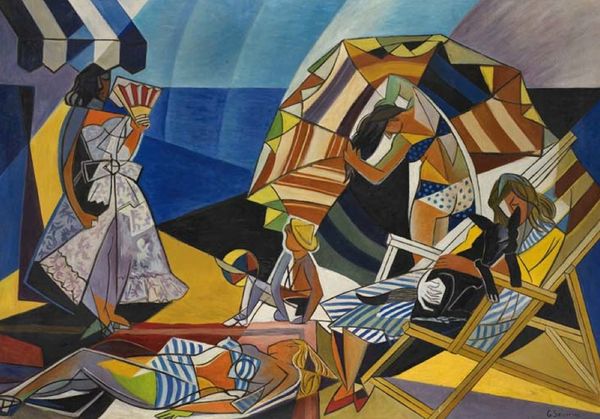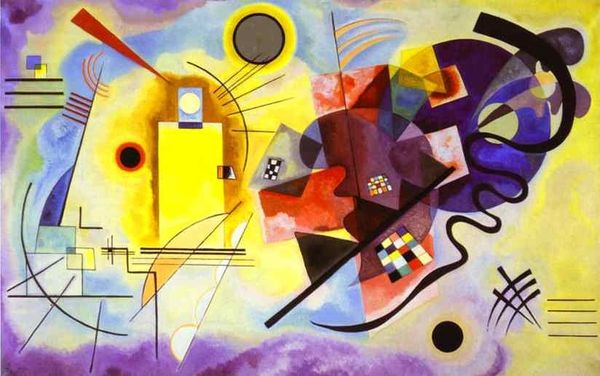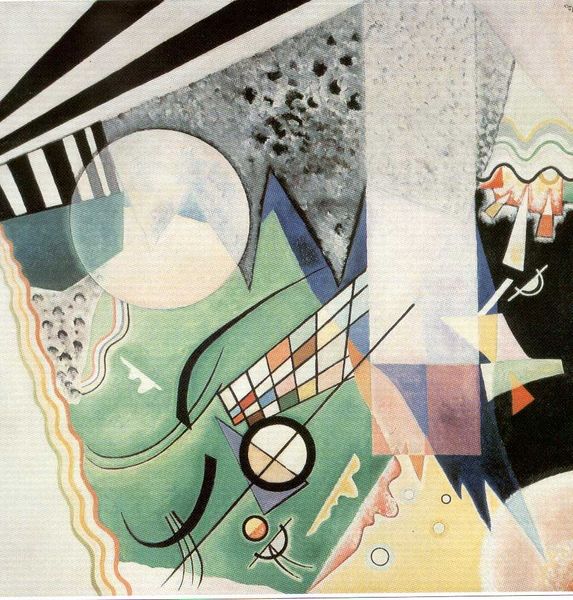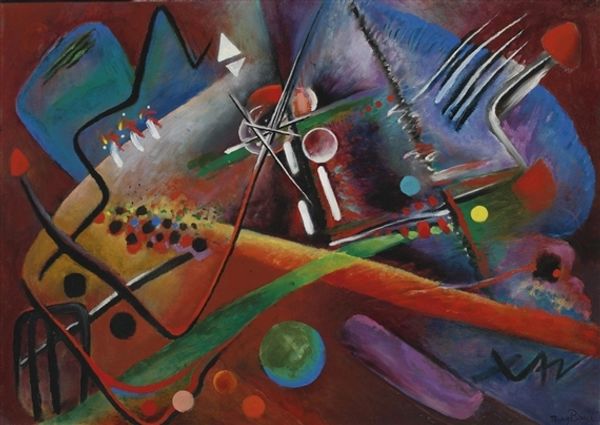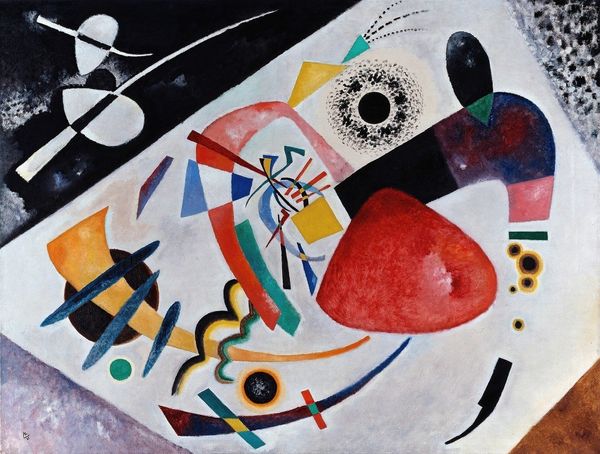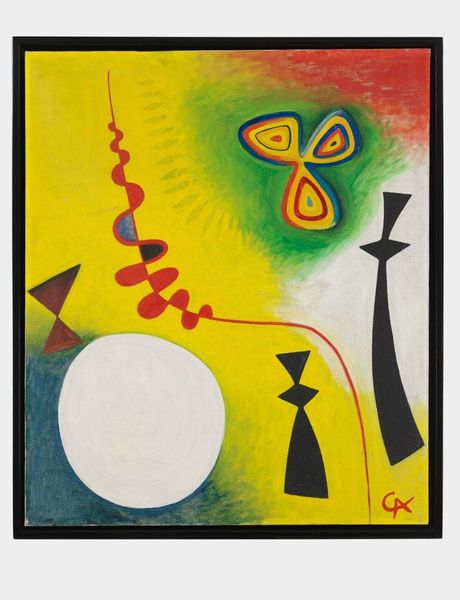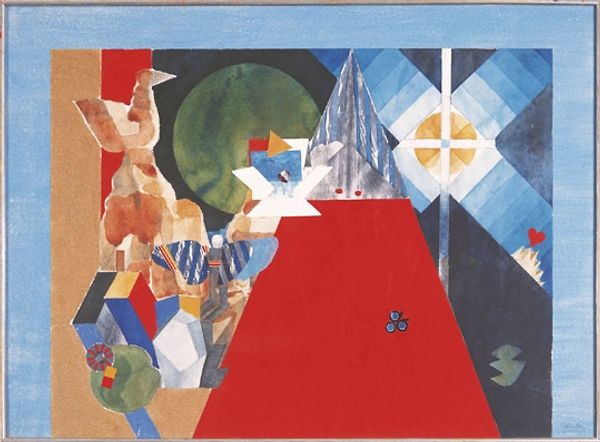
Picture XVI, The Great Gate of Kyiv. Stage set for Mussorgsky's Pictures at an Exhibition in Friedrich Theater, Dessau. 1928
0:00
0:00
Dimensions: 21.3 x 27.3 cm
Copyright: Public domain
Curator: At first glance, it feels almost like a memory, or perhaps a dream of a place. The geometric shapes floating against the dark background. It's oddly comforting. Editor: That's interesting. We are currently looking at Wassily Kandinsky's "Picture XVI, The Great Gate of Kyiv", a stage set he designed in 1928 for Mussorgsky's "Pictures at an Exhibition" at the Friedrich Theater in Dessau. This piece offers us a lens into how Kandinsky visualized music through the language of abstract forms. Curator: It’s fascinating how the geometric forms suggest architecture, but in such an abstract way. The tower-like shapes in the upper-right evoke a sense of grandeur, perhaps hinting at the gate's symbolic importance. I am interested in those color choices as signifiers. Editor: Kandinsky’s experience teaching at the Bauhaus certainly informed this. We see his theories about color and form in action, especially concerning how they impact the viewer's emotions. Remember the historical context too—this was a period of immense change in Germany, as well as a shift in Kandinsky’s personal approach to art making. Curator: It almost looks as if a world in balance or harmony. What’s particularly intriguing is the dual presence of the sun and the moon. It brings a deeper philosophical layer, juxtaposing rationality and emotionality in the architecture itself. The colors also help guide your eye. The sun seems welcoming but the colors on the left and right sides are clearly separated. The eye wants to bridge the gap somehow! Editor: Indeed. The overall composition may allude to more than a literal gate. Consider Kyiv's place in the political imagination of Russia and Ukraine: A gate, a threshold—culturally, geographically, and politically. A painting like this reflects his utopian ideals, a concept he pursued throughout his career. He sees abstraction not as a rejection of reality, but a path towards a deeper truth beyond appearances. Curator: What remains for me is this strange mix of childlike playfulness in colors and shapes paired with symbolic depth. Editor: Precisely! Kandinsky presents the possibility that stage design can function beyond merely complementing music. He raises its status as an autonomous artistic field which deserves critical interpretation in social life.
Comments
No comments
Be the first to comment and join the conversation on the ultimate creative platform.
